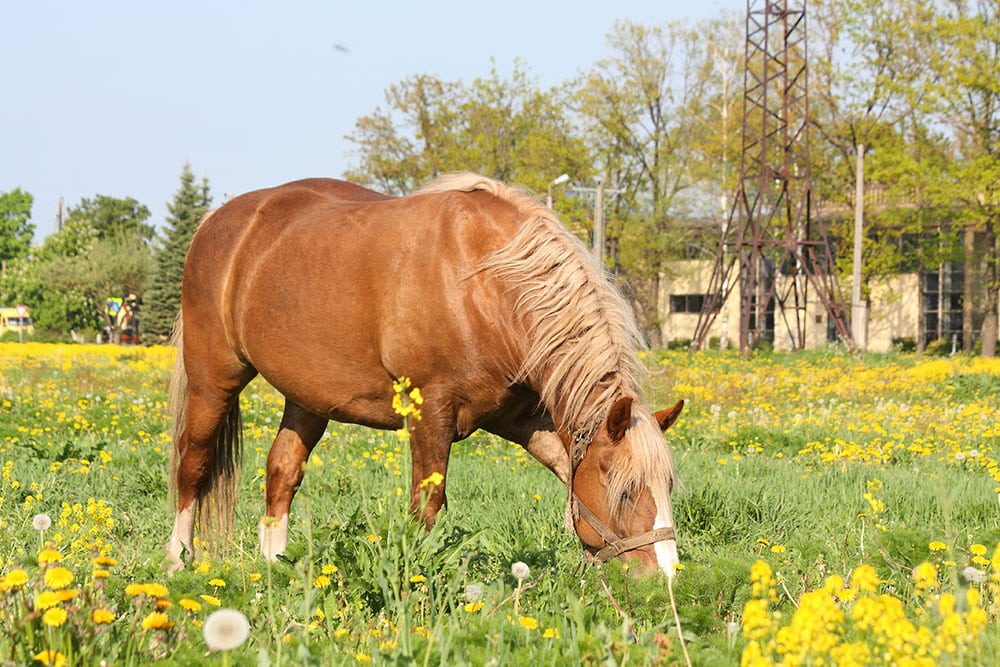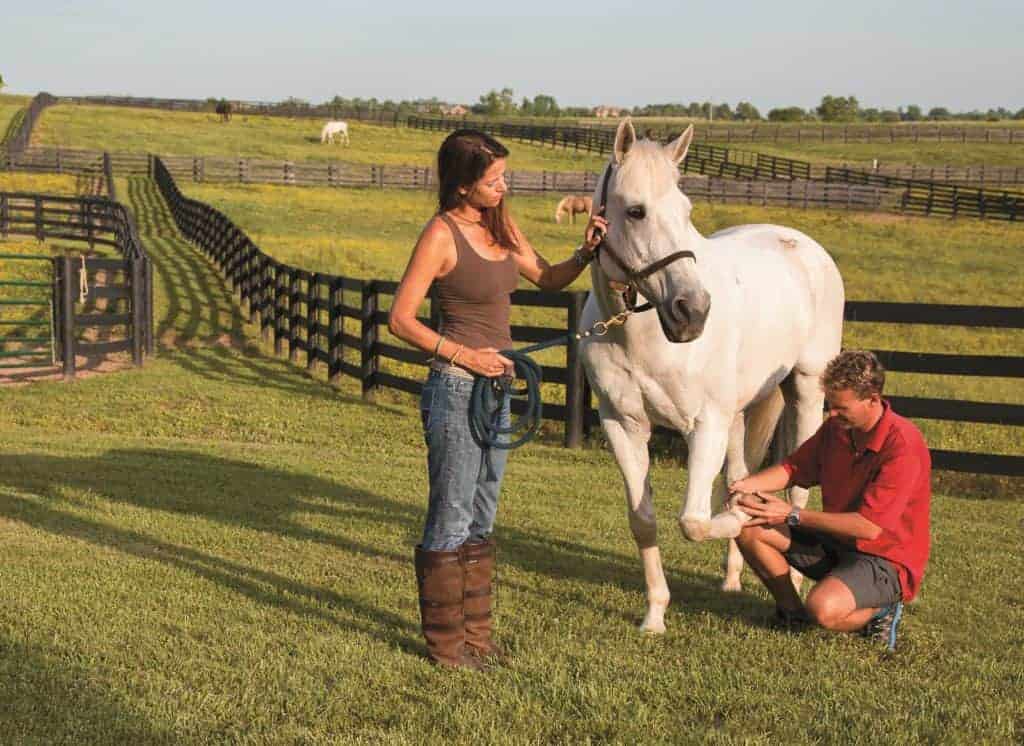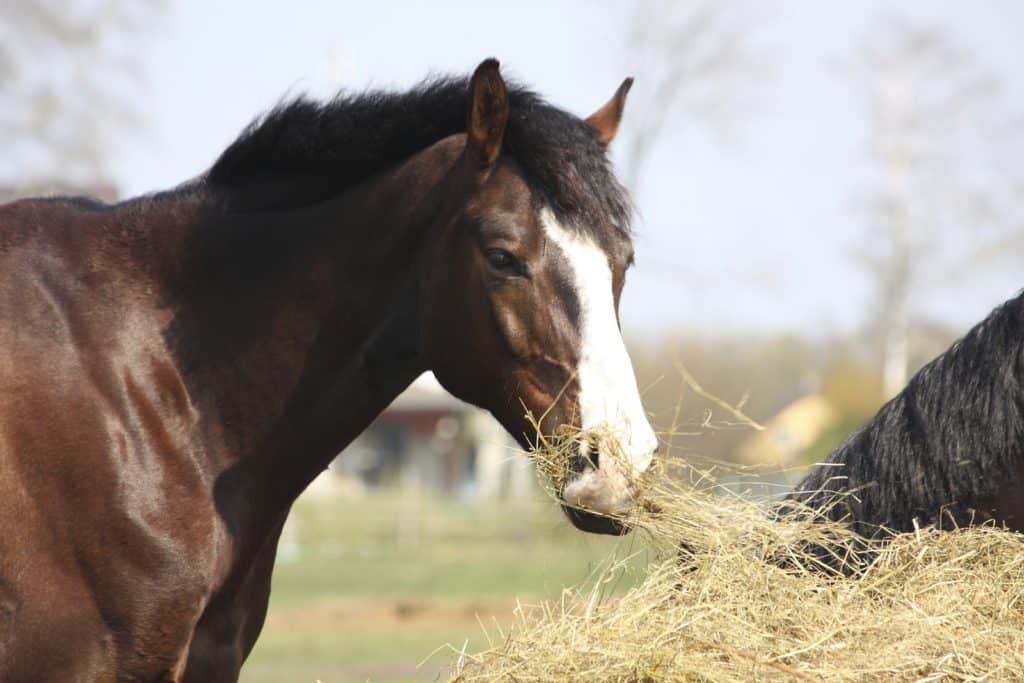
Managing Obese Horses to Prevent Laminitis
Blood insulin levels can warn of increased risk of laminitis in obese horses and ponies and spur owners to mitigate it.
Laminitis (commonly called “founder”) affects an estimated 7-14% of the world’s equine population. It’s the inflammation of the tiny, interwoven lamellae that attach a horse’s hoof to the underlying coffin bone (third phalanx, or P3) and support the horse’s entire body weight. Anything that impacts the integrity of the lamellae, such as inflammation, weakens their hold. This causes the coffin bone to displace within the hoof capsule and move toward the ground. The condition is very painful and is often life-threatening to horses.
The same disease has several different causes, which include:

Blood insulin levels can warn of increased risk of laminitis in obese horses and ponies and spur owners to mitigate it.

Hyperinsulinemia-associated laminitis has become a great risk for the health and welfare of domestic horses. Although medications for this condition exist, they cannot replace good management.

Horses with ID are at greater risk of developing laminitis. Knowing if your horse has a metabolic problem can help you prevent this painful condition.

Cadaver hoof study confirms expectation that heart-bar shoes can reduce coffin bone motion in horses with laminitis.

Reacting quickly and correctly to an episode of HAL will give your horse a greater chance for future soundness.

When managing laminitic horses, making dietary changes is often necessary for the success of other treatment efforts.

Learn why some horses are more likely to develop EMS and associated laminitis and how to tell if your horse is at risk.

Punctures, abscesses, and worse: What to do when your horse’s hoof is hurting and whom to call for help.

Our equine nutrition expert offers a reader advice on how to feed a thin horse with a history of laminitis without causing another bout of the disease.

Learn how horses go from metabolic to laminitic and ways to manage them.

Can an active PPID horse have pasture access and performance feed? Our equine nutrition expert offers advice on feeding a gelding with managed PPID.

Does alfalfa cause kidney or respiratory problems or make horses hyper? Specialists shed light on these myths and more.

Learn about the differences, and a few key similarities, between these two endocrine diseases.

The Type 2 diabetes drug might help horses with chronic hyperinsulinemia and laminitis that haven’t responded to management changes.

If managed with the right nutrition plan, horses and ponies with histories of laminitis can have successful careers.

The overall incidence of laminitis due to IA corticosteroid injection might be lower than many believe.
Stay on top of the most recent Horse Health news with
"*" indicates required fields